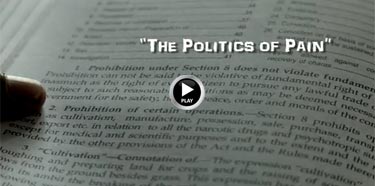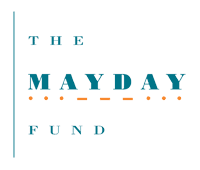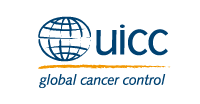The Treat the Pain & Life before Death Projects focus on the global epidemic of untreated pain and the need for palliative care. Read more / Watch All the Videos
Produced by Mike Hill & Sue Collins, Moonshine Movies
Treat the Pain Life Before Death
About this Video
'The Politics of Pain' emphasizes how policy makers and regulators around the world are failing to do enough to stem the epidemic of untreated pain. read more...close
Global leaders provide concrete examples of the bureaucratic challenges. Mary Callaway (USA), Dr MR Rajagopal (India), Liliana de Lima (Colombia), Dr Stephen Connor (USA), Dr Kathleen Foley (USA), Dr Eva Rossina Duarte Juarez (Guatemala), Dr Natalya Dinat (South Africa) and Dr Meg O’Brien (USA) provide notable quotes:
“I think the one wedge issue that we’ve had in palliative care over the last several years is pain,” explains Mary Callaway (USA). “Nobody’s going to argue that people should suffer in pain. So nobody’s going to argue against it but there’s not enough action – that’s where the gap is. How do we get people in positions of authority to respond to that?”
Dr MR Rajagopal (India) identifies complex regulations as one of the main barriers and gives the example of the Narcotic Drugs and Psychotropic Substances Act of India, which runs to around 1,400 pages.
“In their effort to implement the [United Nations] Single Convention on Narcotic Drugs some countries have misinterpreted the Single Convention and adopted regulations and laws that are overly restrictive and actually hinder access to the medical and scientific needs,” explains Liliana de Lima (Colombia).
Dr Stephen Conner (USA) continues, “It’s really difficult to change these laws and regulations in some of these countries you really have to get every ministry within the government to agree to do it and typically the law enforcement and justice ministries are the most difficult.”
“Because of the abuse of prescription drugs the cancer patient has become an extraordinary victim in this,” states Dr Kathleen Foley (USA), “With heightened controls placed on access to those medicines for patients who are in terrible pain.”
“Most Latin American countries have similar problems,” reflects Dr Eva Rossina Duarte Juarez (Guatemala), “So they were very concerned about control and diversion but they didn’t realize the importance of having those medicines available for pain relief.”
“I don’t think these are bad people, “states Mary Callaway, “They just don’t know. And then, it’s not only that they don’t know but they don’t know what to do.”
Dr Natalya Dinat (South Africa) continues, “I think where the challenge lies in where there are competing priorities and who’s to say what’s more important – childhood immunization for example or maternal health care or pain relief – they’re all equally important. We don’t want to be placed in an either/ or situation.”
“I think it’s about saying as human beings that we should not be able to stand by and watch people suffer when we have the tools to relieve that suffering,” concludes Dr Meg O’Brien (USA).
Call to Action
- Tell one policy maker, regulator or law enforcement official you know to watch this video
- Then ask that person what you can do in partnership with her/him to advance pain management policy in your community
- Share your experiences in the comments section below…
Supporting Resources
- INCB Single Convention on Narcotic Drugs, 1961
- WHO Ensuring Balance in National Policies on Controlled Substances
- Pain Policy Studies Group Course on Increasing Patient Access to Pain Medicines Around The World
- IAHPC – WPCA Joint Declaration on Palliative Care and Pain Treatment as Human Rights
- IAHPC: Essential Medicines for Palliative Care
- US Federation of State Medical Boards: Responsible Opioid Prescribing: A Physician’s Guide







